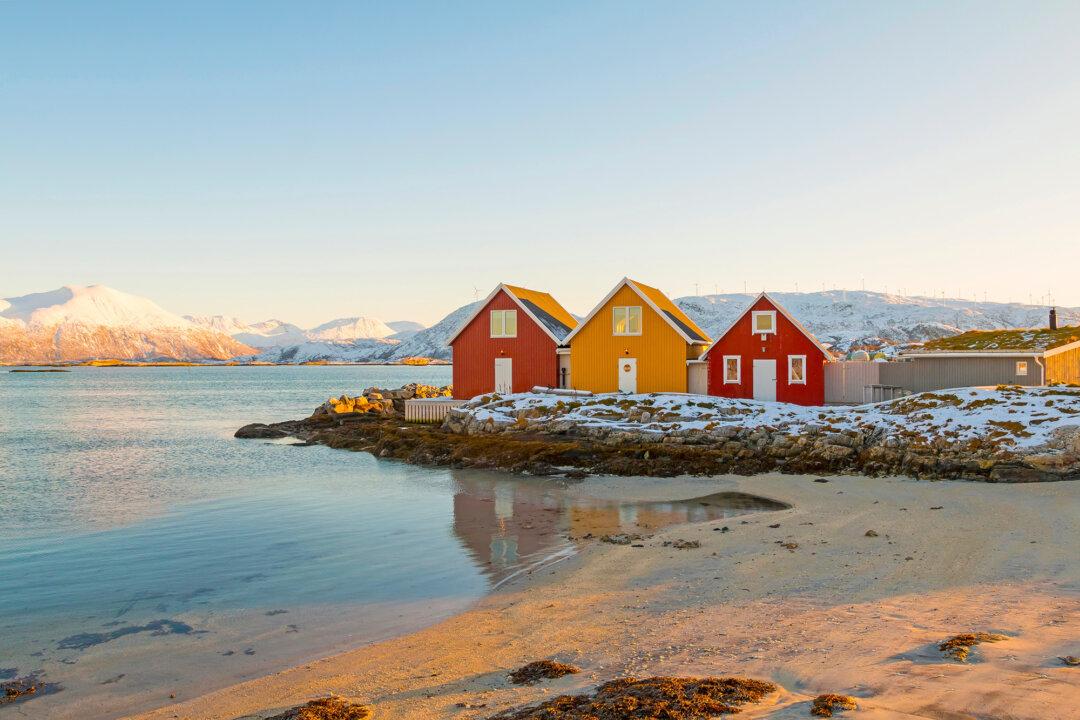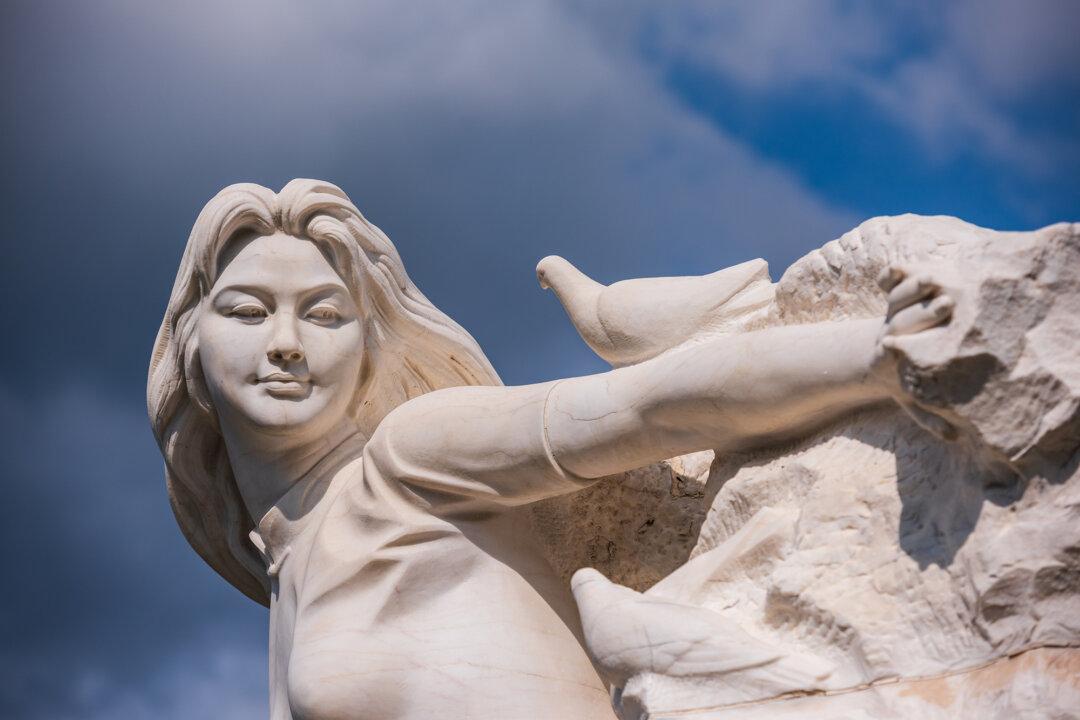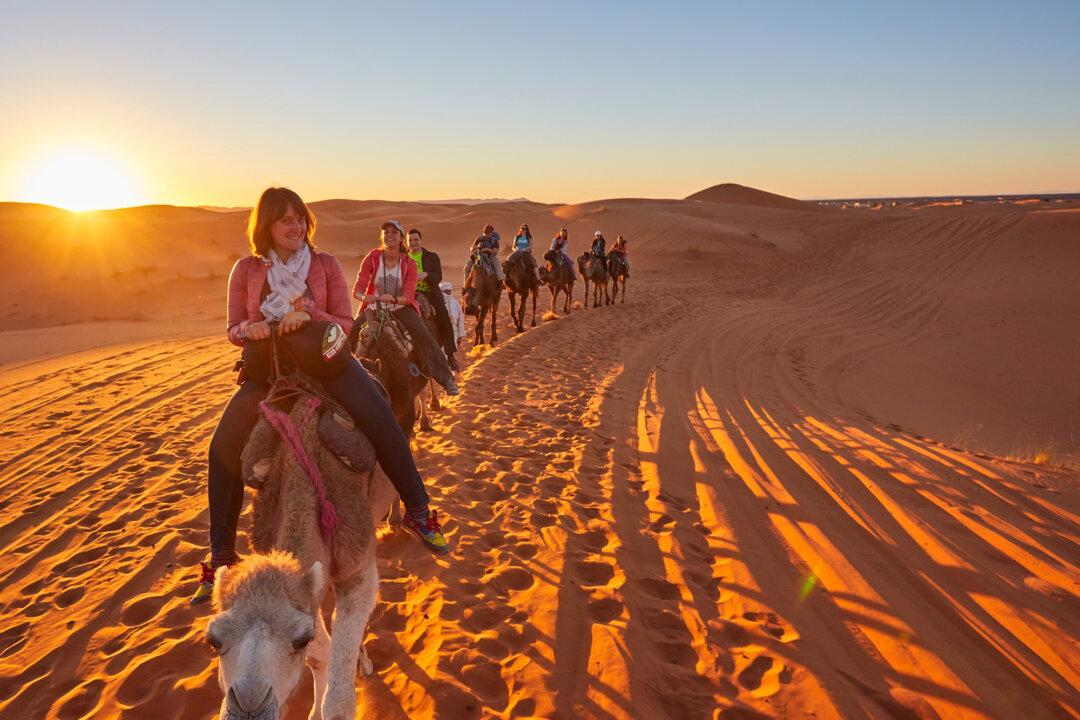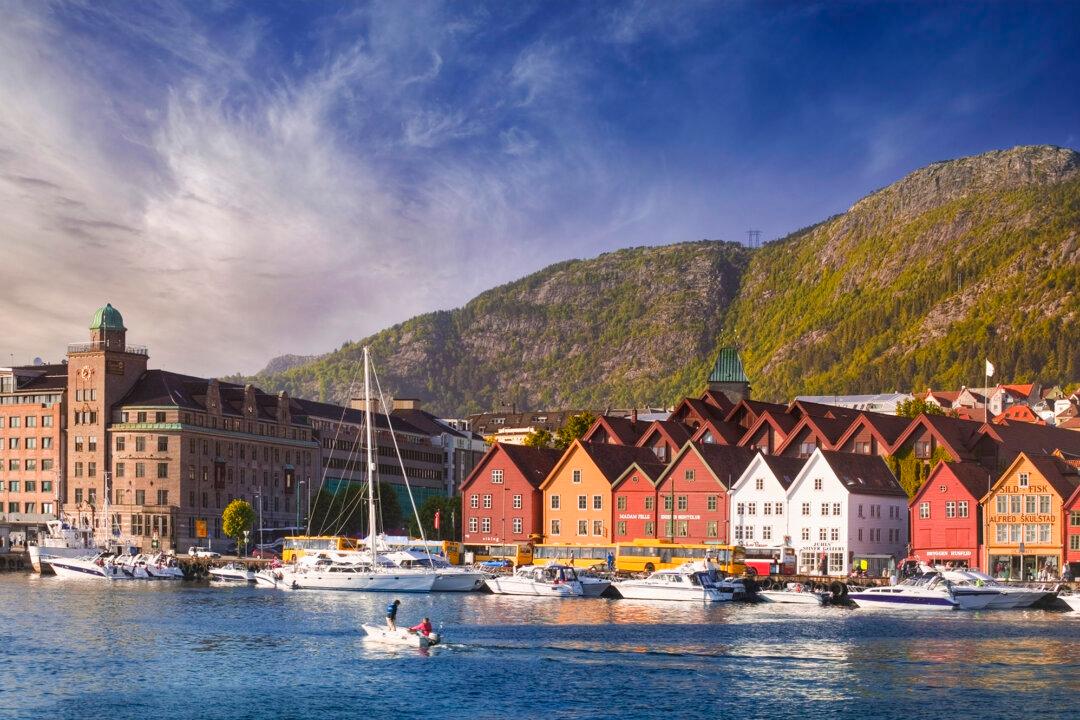The snow, which has been falling all morning, lies thick, white, and clean on the ground, big flakes still fluttering down through the subarctic air, a prematurely early evening fast approaching. I am at the reins of a reindeer—and he’s a fast one. Tethered to a long sled covered in an animal skin, the deer plods along with me behind, until the resident dog, Rufus, happily starts running on the track. Spooked, the reindeer takes off, and it’s all I can do to hang on, the track covered with the fluffy stuff, glistening and slick from previous trips.
On one corner, I’m convinced I will spill. I tighten my grip and lean into the turn, just enough to stay upright. At the next, a fence looms large, but the deer makes the turn from instinct, carrying me back to safety.





